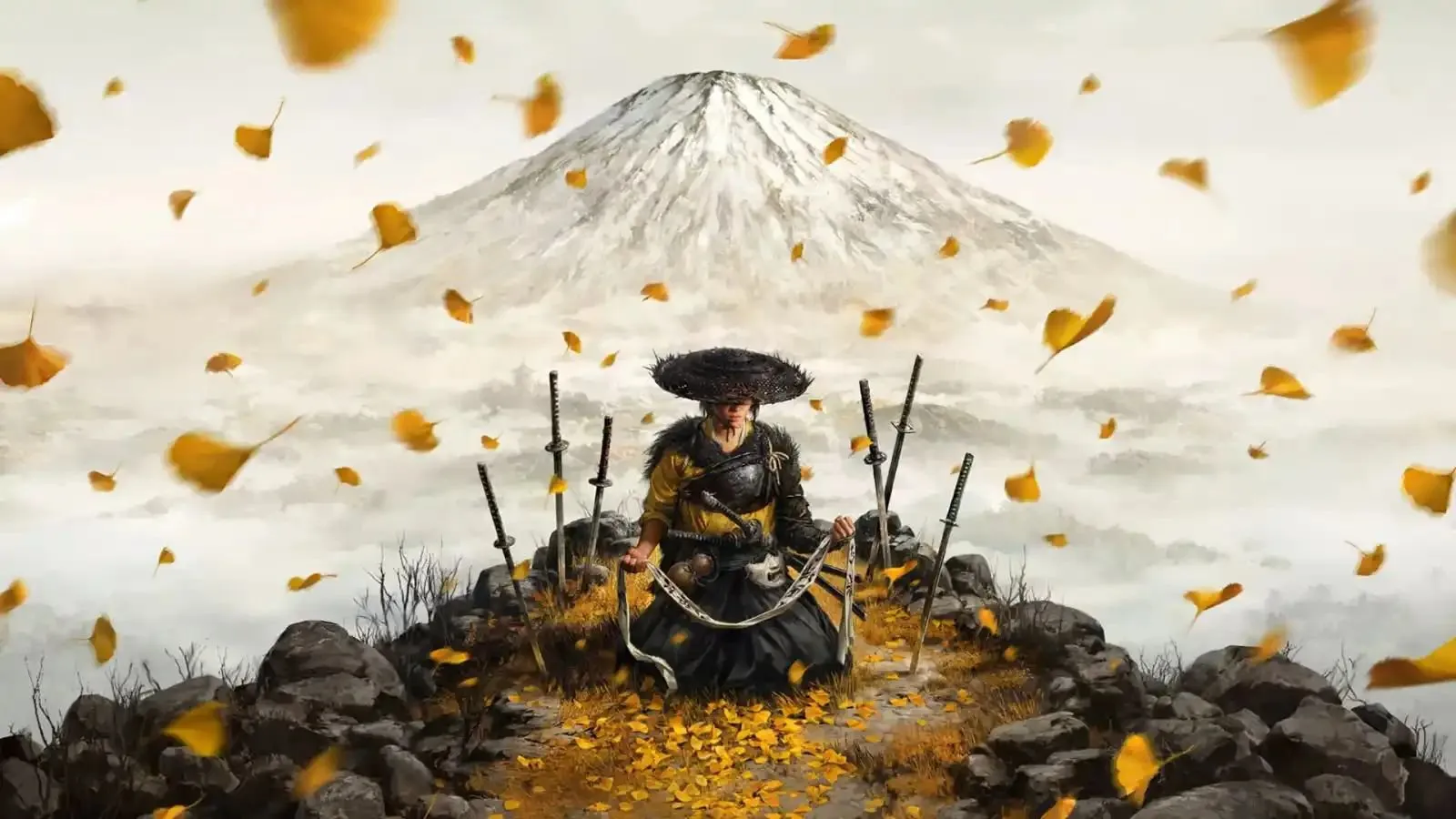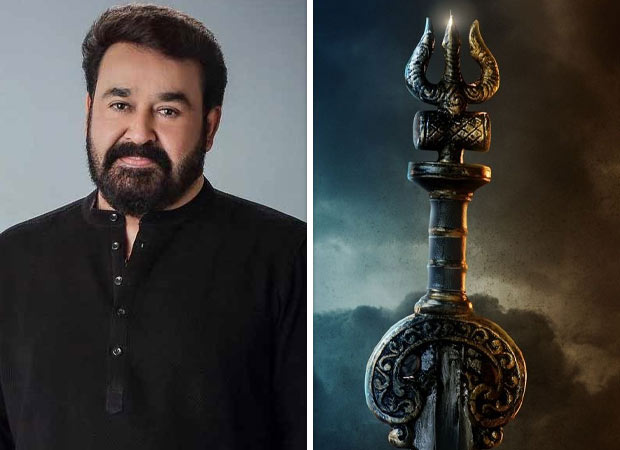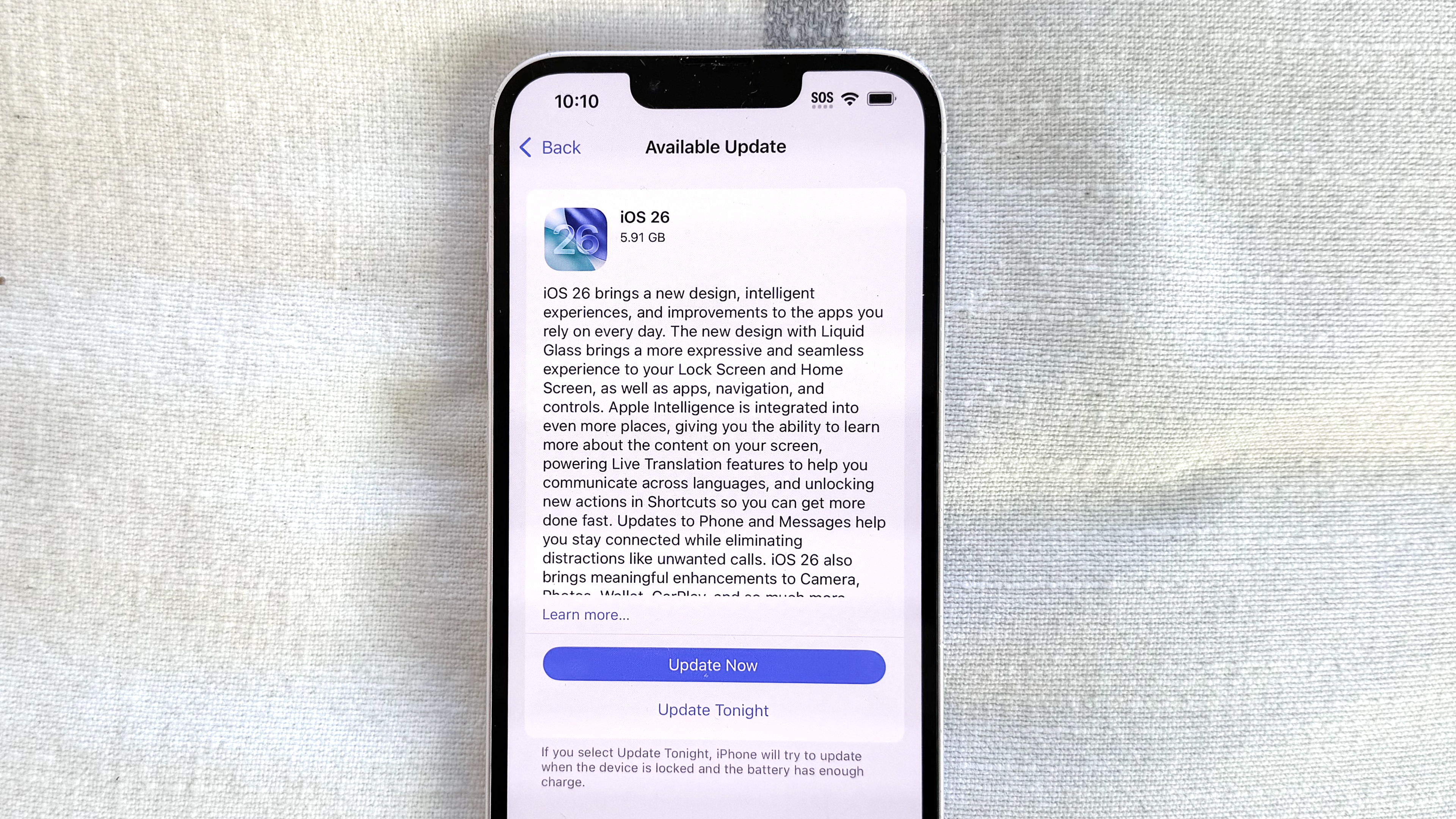By Gamecentral
Copyright metro

Ghost Of Yōtei – a beautiful but predictable game (Sony Interactive Entertainment)
The sequel to Ghost Of Tsushima is set centuries later, with a whole new cast of characters and some of the best graphics ever seen in a console game.
Given video game developers are so unevenly distributed around the world the setting of a game doesn’t necessarily have anything to do with where the people that made it are based. GTA is primary created in Scotland, Mafia: The Old Country is set in Sicily but made in the Czech Republic, Watch Dogs: Legion was based in London but developed in Toronto, and the two biggest samurai games of recent years were both made in North America.
It’s an odd coincidence that, after years of fans calling for an entry to be set in Japan, Assassin’s Creed Shadows came out just a few months before Ghost Of Yōtei. It’s peculiar, not just because they both have similar settings, but because predecessor Ghost Of Tsushima was very reminiscent of the older formula of Assassin’s Creed games, from the early 2010s.
Ghost Of Yōtei is set over 300 years later, so in story terms there’s very little connection, but when it comes to gameplay it’s still very similar. Graphically, it’s become even more impressive, with some of the most beautiful landscapes ever seen in a video game, but that original Assassin’s Creed formula is almost 18 years old now and it’s starting to show.
The story of Ghost Of Yōtei
Unlike Ghost Of Tsushima, you don’t play as an actual samurai, even though protagonist Atsu exhibits all the idealised qualities of one, including her martial prowess and high moral standards. The plot starts as a simple revenge tale, that takes place after Atsu’s whole family is murdered – when she was just a little girl – by local warlord Lord Saitō and the Yōtei Six, his supervillain-like henchmen that all wear masks and have tryhard names like The Dragon and The Spider.
Atsu is assumed killed, and so when she comes back 16 years later, looking for revenge, she’s assumed by many to be a type of vengeful spirit called an onryō. That’s actually a much more interesting set-up than Ghost Of Tsushima, which revolved around Japan being invaded by the Mongols, but what’s also intriguing, and obvious from the game’s first moments, is how much it leans into the tropes of spaghetti westerns.
When Atsu first strolls into town it’s very purposefully reminiscent of A Fistful of Dollars, complete with electric guitar riffs and a homage to the donkey apology scene. But that’s a perfectly reasonable route to take, because developer Sucker Punch is obsessed with Japanese director Akira Kurosawa, who was himself heavily influenced by 50s cowboy films. His movies then went on to influence a new wave of American films, with A Fistful of Dollars being an unofficial remake of Kurosawa’s Yojimbo.
Ghost Of Yōtei’s cinematic influences
If that all sounds very exciting and unexpected, compared to the rather strait-laced tone of Ghost Of Tsushima, let us also emphasise that the graphics in Ghost Of Yōtei are fantastic, with wonderfully vibrant colours during the daytime and great use of light and shadow throughout. From Atsu appearing in silhouette in an inn’s doorway, to the way leaves blow in the wind, as your run through them, this is one of the best-looking video games of all time. The cinematography is excellent too, with some very inventive scene transitions.
In terms of first impressions, Ghost Of Yōtei gets everything right, but unfortunately it’s all downhill from there, even if it is a very shallow incline. The game seems so new and interesting in the first hour or so – as Atsu returns to her burnt out home and starts having interactive flashbacks of when she was a girl – but all of that gradually gets diluted as you realise that underneath it all this is still just another Sony/Ubisoft style open world game.
Liberating enemy camps is no longer a major focus but everything else is pretty much open world gaming 101, from the myriads of repeating side quests (find a hot spring to increase your maximum health, solve statue puzzles to get new perks, paint pictures to gain cosmetics, discover wolf dens to unlock new wolf ally abilities, etc., etc.). That’s not to say these aren’t fun or rewarding, or that the game’s not following the formula better than most others, it’s just that that formula is getting very old and very overfamiliar.
There’re many longer side quests, that often involve getting new armour or weapon techniques, but they’re all juggling the same range of quite limited gameplay elements. The puzzles won’t keep you thinking for more than a few seconds (although at least the game doesn’t blurt out the solution immediately) and while there’s a surprising amount of platforming it’s done in a simplified Uncharted style, that is almost impossible to fail at.
Did we mention how pretty the game is? (Sony Interactive Entertainment)
Combat in Ghost Of Yōtei
The combat is the most involved aspect of the gameplay, with five weapons to acquire, most of which have a rock, papers, scissors relationship to each other – so dual katanas are best against spears and so on. You can switch to any weapon at any time, and pick up dropped ones and throw them, but the underlying mechanics are overly simplistic. You have to stagger enemies to do any real damage, and parrying is very important, but it’s very elementary compared to something like Sekiro: Shadows Die Twice.
It would be completely inappropriate to have it be that complex or difficult but without other ingredients there’s just not enough meat here to support a 25+ hour adventure (and that’s just the central story, you could easily spend triple that doing everything). The main problem with the combat is there’s no stamina bar, so Atsu can roll around and swing her sword with no penalty whatsoever, so while the fighting isn’t especially easy it is very repetitive and shallow.
There’s nothing new in Ghost Of Yōtei beyond the high tech presentation and even then you start to see through the cracks after a while, such as the background characters who look two console generations removed from the main cast. Also, it has one of the worst horses in gaming, with awkward animation and a canter that’s just a bit too slow and a gallop that’s just a bit too fast. Plus, a camera that won’t stop setting itself at unhelpful angles, that block the view, as soon as you build up speed.
However, we do want to acknowledge the game’s excellent use of the DualSense controller, which is probably the best in any full price PlayStation 5 game. The haptic feedback really adds to the intensity of the combat and the many and varied uses of the touchpad, from drawing kanji symbols to sparking rocks to start a fire, are inventive and clever.
The problem with Ghost Of Yōtei
But things like that can’t compensate for more serious problems, such as the fact that while the general storyline is fine the dialogue is very workmanlike. It’s much too modern sounding (it keeps stealing lines from movies, ranging from The Last Samurai to The Force Awakens) and while that can be ameliorated by using the Japanese voice track it means large sections of the game are spent watching boring cut scenes or chatting to someone else, Red Dead Redemption style, as you walk or ride next to them. It even does that Rockstar thing where you set off on a long journey and a song with lyrics starts playing.
It is specifically just the script that’s at fault, because the actual plotting is good, with most of the villains having an unexpected twist to their backstory or motivation that makes them at least somewhat sympathetic. Conceptually, the game’s narrative is frequently surprising, but the execution is weak and made worse by the constant flashbacks that begin to seem almost comical in their frequency.
We’re also dubious about the historical authenticity and, as with Assassin’s Creed Shadows, it’s the ninjas that come off the worst. Especially the bit where they’re all hiding in big pots, ready to leap out at you, as they literally shout, ‘Here I come!’ They might as well be The Foot clan from Teenage Mutant Ninja Turtles for all the difference it would make.
And while people can make games about whatever they want it’s hard not to wonder why Sony, of all companies, is getting a US studio to make a game set in Japan. Apart from the US, Japan is the only country in the world that regularly makes triple-A console games about itself, and so we already know that this is not a game anyone there would create. Whether it’s historically accurate or not is one thing but on a design level this is a very un-Japanese game, with the only thing remotely similar being Rise Of The Rōnin – which is a very different beast.
Ghost Of Yōtei is not a great game, but it’s also not a bad game or even a mediocre one. It’s… quite good. The combat is shallow but entertaining and the open world is enjoyable to explore. The question is whether there’s still a market for games that are quite good and cost as much as this does, with such a significant time investment involved. Especially as the game and underlying concept is so familiar.
Ghost Of Yōtei feels like the last of the dinosaurs. Despite being so superior on a technical level it’s learnt nothing from Zelda: Breath Of The Wild, which is over eight years old at this point. Not only has everything in Ghost Of Yōtei been done before, it’s also been done better, and in many cases quite a long time ago.
Ghost Of Yōtei review summary
In Short: One of the best-looking open world games ever but the formula is beginning to feel increasingly outdated, despite the cool visuals, fun samurai gear, and surprisingly good plot.
Pros: Fantastic graphics and a literal mountain of things to see and do. Interesting story structure that introduces the different gameplay elements at a sensibly measured pace. Impressive cinematography.
Cons: Ghost Of Tushima’s open world formula already felt old five years ago and this does little to innovate beyond that. Dull script and shallow combat and platforming.
Score: 7/10
Formats: PlayStation 5Price: £69.99Publisher: Sony Interactive EntertainmentDeveloper: Sucker PunchRelease Date: 2nd October 2025Age Rating: 18
Like everything else, the combat is fine but not very deep (Sony Interactive Entertainment)
Email gamecentral@metro.co.uk, leave a comment below, follow us on Twitter.
To submit Inbox letters and Reader’s Features more easily, without the need to send an email, just use our Submit Stuff page here.
For more stories like this, check our Gaming page.



